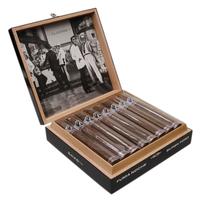I've refurbished several pipes now and Im starting to reconsider my techniques on the Staining and sanding. I want some input from you folks. I've spent the last hour searching on our forums and others and have come to the conclusion that there are several opinions on the matter. some people say that stain should not be applied after 600 grit because it will not saturate the briar and will rub off in your hand. Is this true.? Other sand all the way to 1800 and then stain claiming good results. Another thought is that over sanding i to the 1200-1500 will clog the pores, thus affecting the Briars smoking properties. And another belief is that after the stain is applied the the pipe should NOT be buffed with carnauba wax, believing that the wax will evaporate into the briar and alter the smoking properties.
We have some excellent pipe makers in this forum and i was hoping that you could provide some of your beliefs on this matter.
We have some excellent pipe makers in this forum and i was hoping that you could provide some of your beliefs on this matter.








